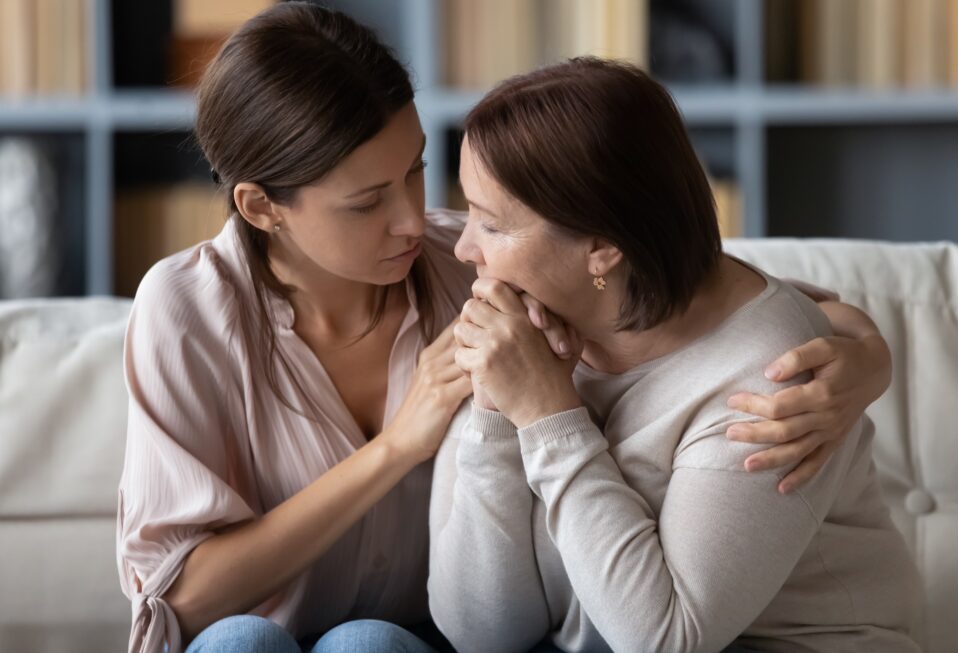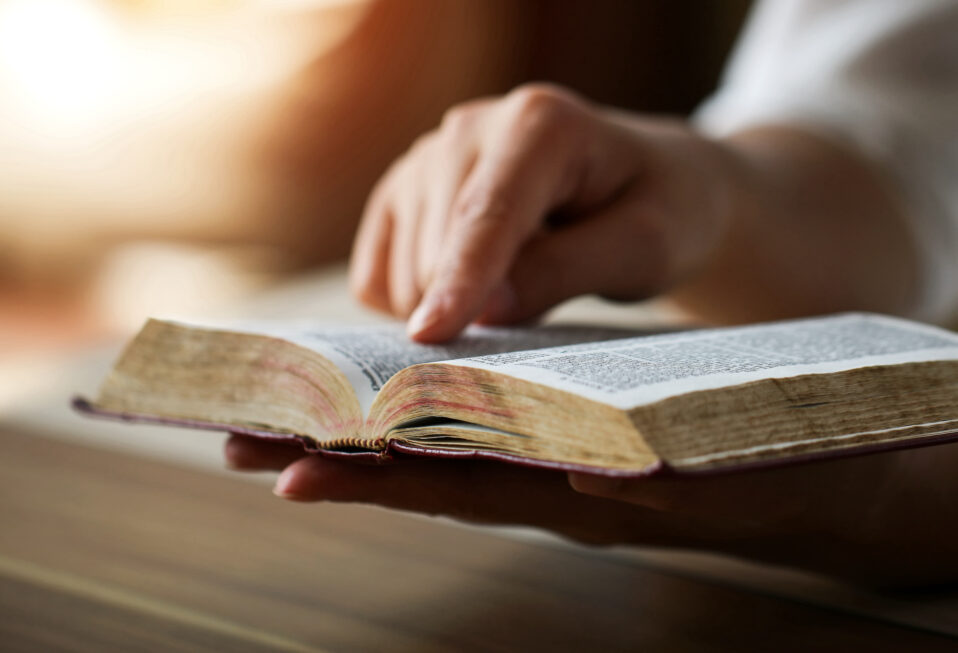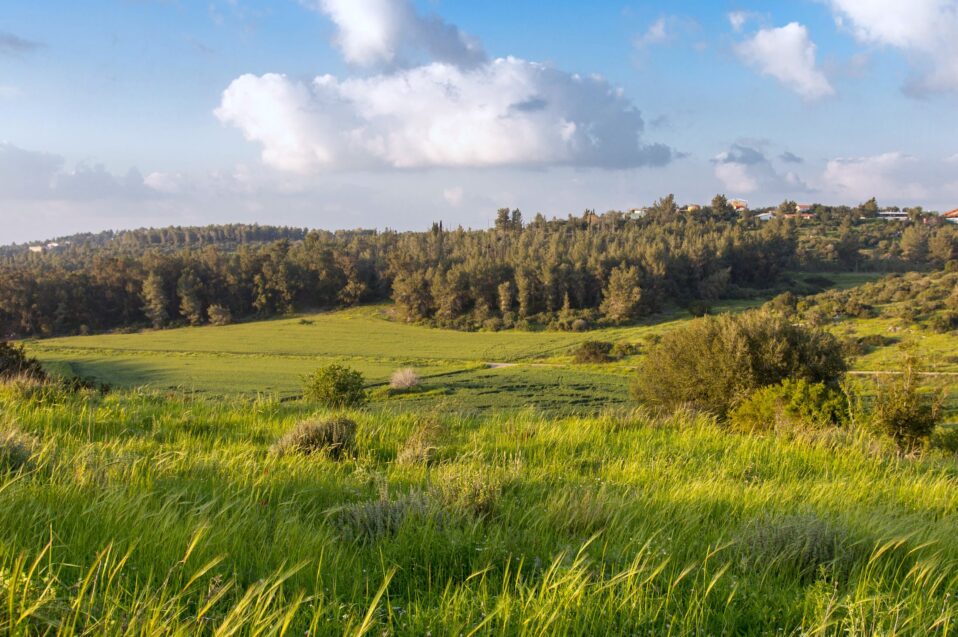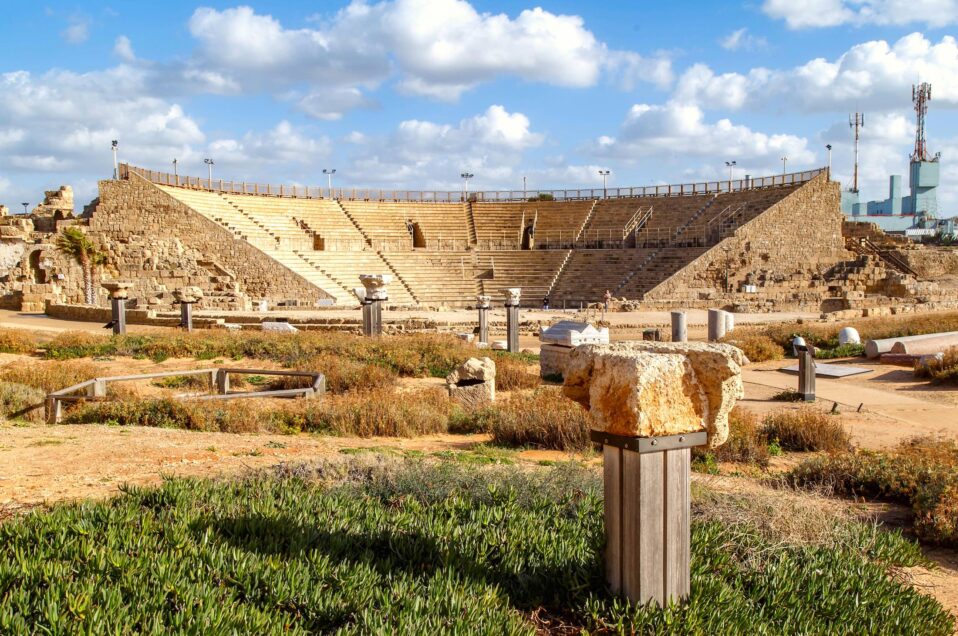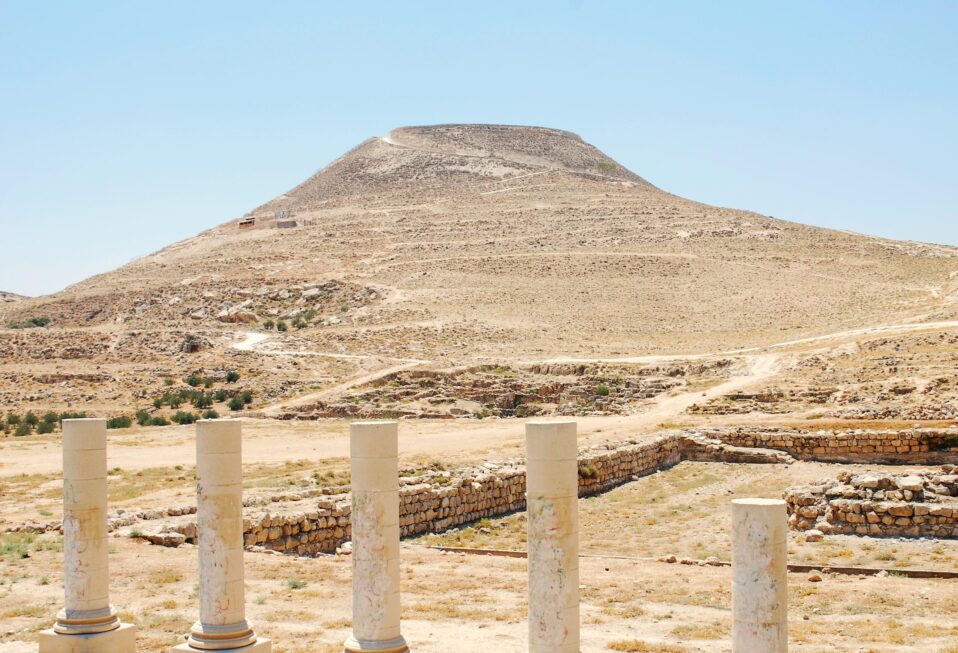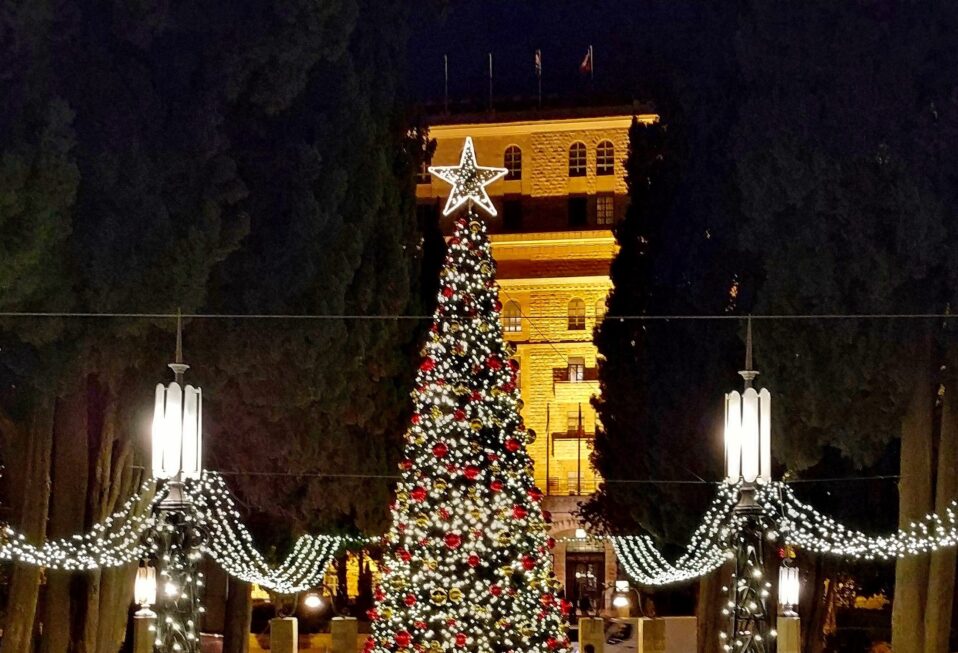By Marc Turnage
Located on the northwestern shore of the Dead Sea, about seven miles south of Jericho and twenty miles north of Ein Gedi, sits the ruins of Qumran. Eleven caves around Qumran yielded, arguably, the most important archaeological discovery of the twentieth century: the Dead Sea Scrolls. The current name, Qumran, comes from the Arabic word qamar (“moon”), so it was not its ancient name, which remains unknown. Some have suggested that it may be Secacah (Joshua 15:61-62).
In 1947, in a cave just north of the ruins of Qumran, Bedouin shepherds discovered seven leather scrolls hidden inside. This set off the frantic search by scholars and Bedouin alike to discover more caves and scrolls. Around Qumran, eleven caves were discovered between 1952-1956 that contained scrolls. The discovery of scrolls in the caves around Qumran led archaeologists to excavate the ruins of Qumran in 1951 and from 1953-1956.
The library of scrolls discovered in the eleven caves yielded approximately 30,000 fragments of scrolls, comprising about 1,000 manuscripts written on leather, papyrus, and one on copper, in Hebrew, Aramaic, and Greek. The library proves incredibly important for our understanding of the text of the Old Testament, as well as ancient Judaism, the Judaism of the first century.
Every book of the Old Testament, except for Esther, was discovered among the Qumran library. The most copied books were Psalms, Deuteronomy, and Isaiah, which are also the three Old Testament books most frequently quoted in the New Testament. The library also contained non-biblical works written by Jews from the second century B.C. to the first century A.D., with a unique collection of writings belonging to the Jewish sect that lived at Qumran, a group most scholars identify as the Essenes, which are mentioned by several ancient writers.
Most scholars identify the ruins of Qumran as belonging to a group of Essenes. The site consists of rooms, which have been identified as a scriptorium, where the community members copied the scrolls, a dining room, which is the longest room at the site and had a pantry filled with bowls, plates, and cups. The site also contains pottery kilns, water reservoirs, as well as several large communal Jewish ritual immersion baths.
The site, which sits in a dry, desert climate, used a series of dams and water channels to bring water from the nearby wadi, which flooded during the winter rains. The dams and channels ensured that water flowed into the settlement and filled the water installations.
The discovery of the scrolls significantly advanced our understanding of the text of the Old Testament, as well as the world of ancient Judaism, which is the world of the New Testament.
Marc Turnage is President/CEO of Biblical Expeditions. He is an authority on ancient Judaism and Christian origins. He has published widely for both academic and popular audiences. His most recent book, Windows into the Bible, was named by Outreach Magazine as one of its top 100 Christian living resources. Marc is a widely sought-after speaker and a gifted teacher. He has been guiding groups to the lands of the Bible—Israel, Jordan, Egypt, Turkey, Greece, and Italy—for over twenty years.
Website: WITBUniversity.com
Facebook: @witbuniversity
Podcast: Windows into the Bible Podcast





